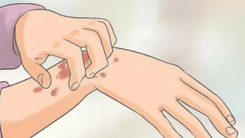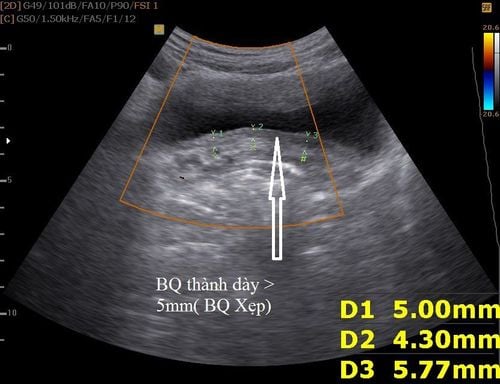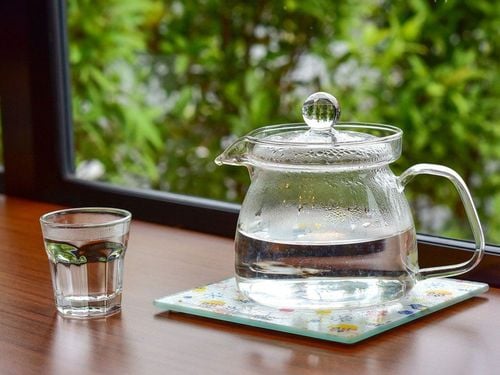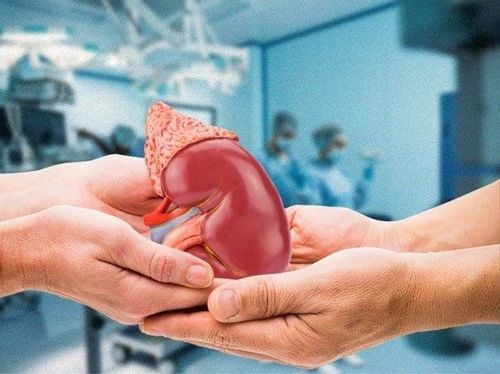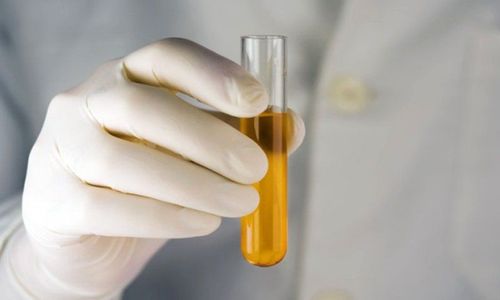The bladder is a hollow organ responsible for storing and expelling urine from the body. Its size changes with age, body weight, and race. Abnormal changes in bladder size can affect the body's excretory function.
1. Bladder Anatomy
The bladder is a hollow organ that stores urine from the two ureters leading from the kidneys. When the bladder is empty, it typically lies in the anterior pelvic cavity and is protected in the front by the pubic bones. Behind the bladder are the reproductive organs (in females) and the rectum. When the bladder is full of urine, it expands and takes on a spherical shape, rising into the abdominal cavity.
In children, the bladder lies within the abdominal cavity because the pelvic floor structure is still small.
The bladder has a pyramid shape with a base and apex:
- The top of the bladder is covered by the peritoneum (a membrane that lines the inside of the abdominal wall and covers the abdominal organs), which is convex when the bladder is full and concave when it is empty.
- Below, the two lateral surfaces of the bladder rest on the pelvic diaphragm.
- The base at the back is partially covered by the peritoneum on the upper portion.
- The lower sides and the top meet at the apex of the bladder, where it connects to the umbilical ligament, suspending the bladder to the navel.
2. Physiological Function of the Bladder
The two main functions of the bladder are storing and eliminating urine. With development and maturity, we gain the ability to regulate urination both day and night.
During the day, urination occurs when the muscles in the bladder contract synchronously, and the sphincter muscles at the bladder neck and pelvic floor relax (usually in response to the sensation of bladder fullness). This allows the free flow of urine until the bladder is empty. At night, when the bladder has stored urine and has concentrated it, we generally sleep through the night without the need to urinate, though it is also possible to wake up and urinate if the bladder feels full.
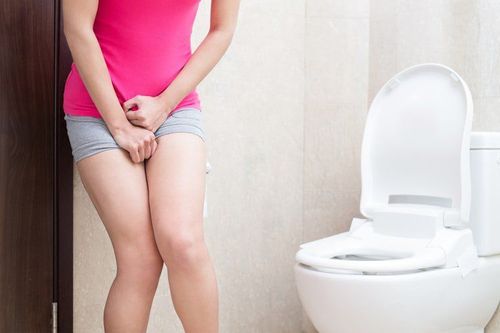
3. Bladder Size by Age
Anatomically, the functional bladder volume increases with age, from childhood [(age + 2) × 30 ml] to adulthood (300-400 ml). In children, the bladder is typically positioned higher and lies within the abdominal cavity. We can estimate the bladder size based on age using the formula [(age + 2) × 30 ml].
As children grow older, bladder volume gradually increases:
- Newborns: 30 - 60 ml (45 ± 15 ml)
- Infants: 60 - 100 ml (80 ± 20 ml)
- 5-year-olds: 100 - 200 ml (150 ± 50 ml)
- 10-year-olds: 150 - 350 ml (250 ± 100 ml)
- 15-year-olds: 200 - 400 ml (300 ± 100 ml)
Bladder volume increases with age in children. The normal expected bladder volume until the age of 12 is calculated as (age + 1) × 30 ml, with 400 ml expected for those over 12. The average daily bladder volume is usually 65-150% of the expected capacity. Usually, people produce less urine at night because of changes in the body’s natural rhythm, which affects the release of a hormone called arginine vasopressin from the pituitary gland (a hormonal gland in our neurological system).
In adults, bladder size ranges from approximately 250 – 350 ml. In men, a bladder volume of 200 – 300 ml creates the sensation of needing to urinate, while for women, it is 250 – 350 ml. However, bladder size may vary depending on the size of the individual and their ethnicity. The maximum capacity the bladder can hold ranges from 900 – 1500 ml.
4. The Impact of Bladder Size on Health
4.1. Enlarged Bladder
An enlarged bladder is a condition where the bladder becomes larger than normal. Typically, the bladder walls become thicker and then expand due to excessive stretching. This condition is sometimes referred to by healthcare professionals as bladder hypertrophy. An enlarged bladder can occur from birth or may result from bladder, kidney, or ureteral obstruction. Symptoms of an enlarged bladder may resemble those of other conditions. If you experience any of the following symptoms, your doctor may recommend an ultrasound to identify the cause of your symptoms:
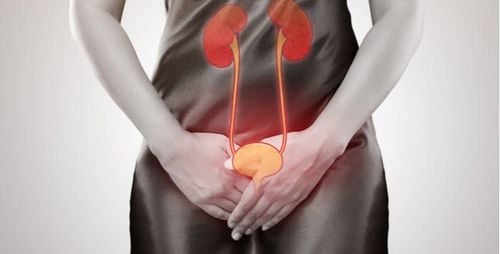
- Difficulty urinating
- A persistent feeling that the bladder is full
- A slow stream of urine
- Abdominal pain
- Incontinence
- Waking up at night to urinate
Other symptoms may appear depending on the cause of the enlarged bladder. These may include pelvic pain and blood in the urine.
An enlarged bladder is a relatively common condition, and there are many possible causes. One of the most common causes is urinary tract obstruction. This can occur in the ureters that connect the kidneys to the bladder, or in the urethra that drains urine from the bladder. When there is an obstruction, the bladder has to work harder to expel urine through the blockage. This can lead to a loss of elasticity in the bladder walls. Typical obstructions include kidney stones and tumors. Timely identification of these conditions can help prevent bladder enlargement.
Some people may have difficulty urinating. They produce a large amount of urine, but never empty the bladder completely. This prevents the bladder from returning to its normal size, causing it to stretch.
Some children are born with an enlarged bladder, although symptoms may not appear until they grow older. If an enlarged bladder is detected in children without any negative consequences, close monitoring is an appropriate course of action.
People who are both obese and diabetic may be more likely to experience an enlarged bladder.
4.2. Small Bladder
The condition known as a small bladder is often referred to as an overactive bladder. An overactive bladder is a condition that causes sudden, involuntary contractions of the bladder muscles, leading to an urgent need to urinate. Typically, you will feel the urge to urinate even if you haven’t consumed much fluid.
People with an overactive bladder may need to urinate frequently both during the day and at night, even when only a small amount of urine is in the bladder.
While many people refer to an overactive bladder as a small bladder, this may not be anatomically accurate. However, it can function like a small bladder, meaning you cannot hold much urine. When the bladder muscles are overactive, it can lead to frequent urges to urinate. For this reason, the terms 'small bladder' and 'overactive bladder' are often used interchangeably to describe the same condition.
Symptoms of an overactive bladder include:
- Sudden, urgent feelings of needing to urinate
- Urine leakage before reaching the bathroom
- Increased trips to the bathroom
- Waking up multiple times at night to urinate
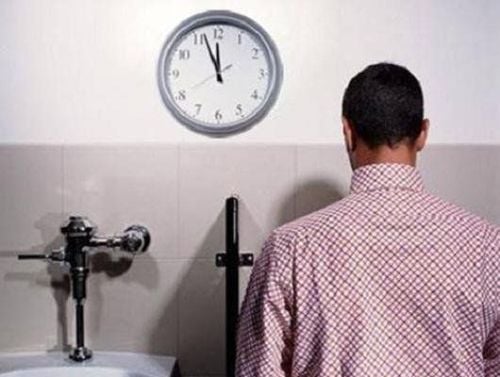
The exact cause of an overactive bladder is still unknown, but several factors can contribute to its symptoms, including:
- Conditions affecting the nervous system, such as stroke, dementia, and Parkinson’s disease.
- Nerve damage or injury from surgery or accidents, such as car crashes.
- Bladder conditions, including bladder stones, bladder cancer, or urinary tract infections.
5. Effects of Age on Bladder Function
As people age, changes in the bladder and pelvic floor muscles occur. These include decreased bladder sensitivity, reduced contraction strength when urinating, diminished muscle tone in the pelvic floor, and increased residual volume. Other physical changes include enhanced regulation of purinergic receptors, leading to more frequent overactive detrusor activity and increased acetylcholine release in the urethra, both of which can contribute to lower urinary tract symptoms (LUTS). The incidence of LUTS increases with age. While aging does cause changes in the bladder and its function, these effects are minimal and can be compensated for with changes in bladder habits. Disturbing or severe symptoms of abnormal bladder function are not an inevitable result of aging. Therefore, the misconception that incontinence is a natural, unavoidable part of aging should be corrected.
Understanding the physical and functional aspects of the bladder can improve bladder health, as well as treatment outcomes for bladder conditions. For example, pelvic floor exercises (also known as Kegel exercises) can prevent and treat mild stress incontinence. Many people with incontinence have been successfully treated with a combination of behavioral interventions and antimuscarinic medications (medications that block muscarinic receptors, which are a type of receptor in the body that responds to acetylcholine, a neurotransmitter) after prior unsuccessful antimuscarinic therapy, citing the importance of bladder and pelvic floor muscle knowledge as a key factor in their treatment satisfaction. It is expected that increasing awareness of bladder health changes over time will help adults identify and seek treatment for bladder conditions.
For any concerns, it is important to consult a specialist. For those interested in consultations and treatments at Vinmec International General Hospital, please contact our website for the best service.
Please dial HOTLINE for more information or register for an appointment HERE. Download MyVinmec app to make appointments faster and to manage your bookings easily.


